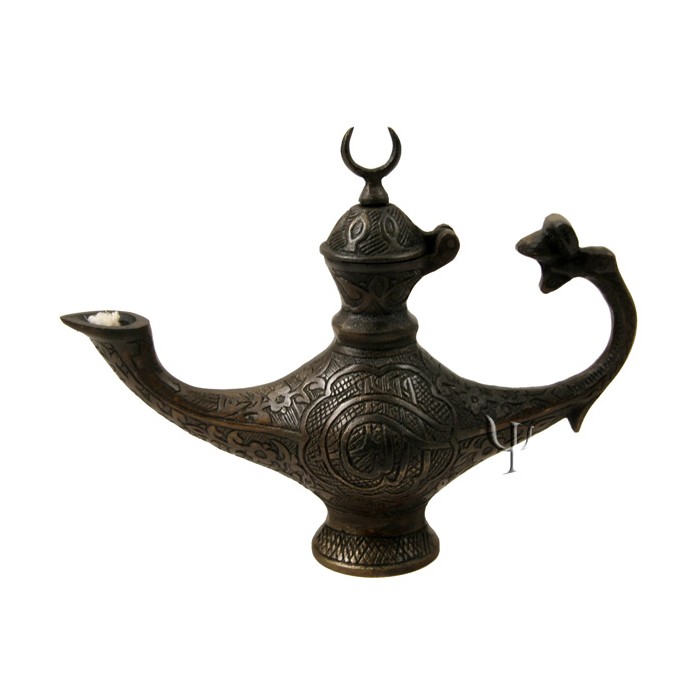
The story of Aladdin lamp has captured the imagination of audiences for centuries. But have you ever wondered why the mystical object in this tale is specifically called a "lamp"? Let’s dive into the origins of the story, its cultural context, and the symbolism of the lamp to uncover the mystery behind this fascinating detail.
The tale of Aladdin originates from "One Thousand and One Nights" (also known as "Arabian Nights"), a collection of Middle Eastern and South Asian stories. However, interestingly, Aladdin’s story was not part of the original Arabic manuscript but was added by French translator Antoine Galland in the 18th century. Galland reportedly heard the story from a Syrian storyteller, and it quickly became one of the most famous tales in the collection.
In the story, Aladdin is a young man who comes into possession of a magic lamp containing a powerful genie. This lamp becomes the key to his transformation from a poor boy to a wealthy and powerful individual. But why a lamp?

During the time when the tale of Aladdin emerged, lamps were common household items. They were simple oil lamps, typically made of metal or clay, and served as a primary source of light in homes. These lamps were functional, accessible, and familiar to audiences of the time, making them a relatable object to center the story around.
Symbolically, lamps are often associated with enlightenment, guidance, and transformation. In many cultures, a lit lamp represents knowledge and the dispelling of darkness—both literal and metaphorical. By making the magic object a lamp, the story aligns with themes of transformation and illumination, perfectly complementing Aladdin’s journey from obscurity to greatness.
The depiction of the lamp has evolved over time, influenced by various adaptations of the story. In some versions, the lamp is a humble object, reflecting Aladdin’s modest beginnings. In others, it is ornate and grand, symbolizing the wealth and power it bestows upon its owner.
Hollywood adaptations, such as Disney’s animated film, have further popularized the image of the magic lamp, turning it into an iconic symbol of wish fulfillment and adventure. However, the core idea remains the same: the lamp is a vessel for magical potential, waiting to be unlocked.